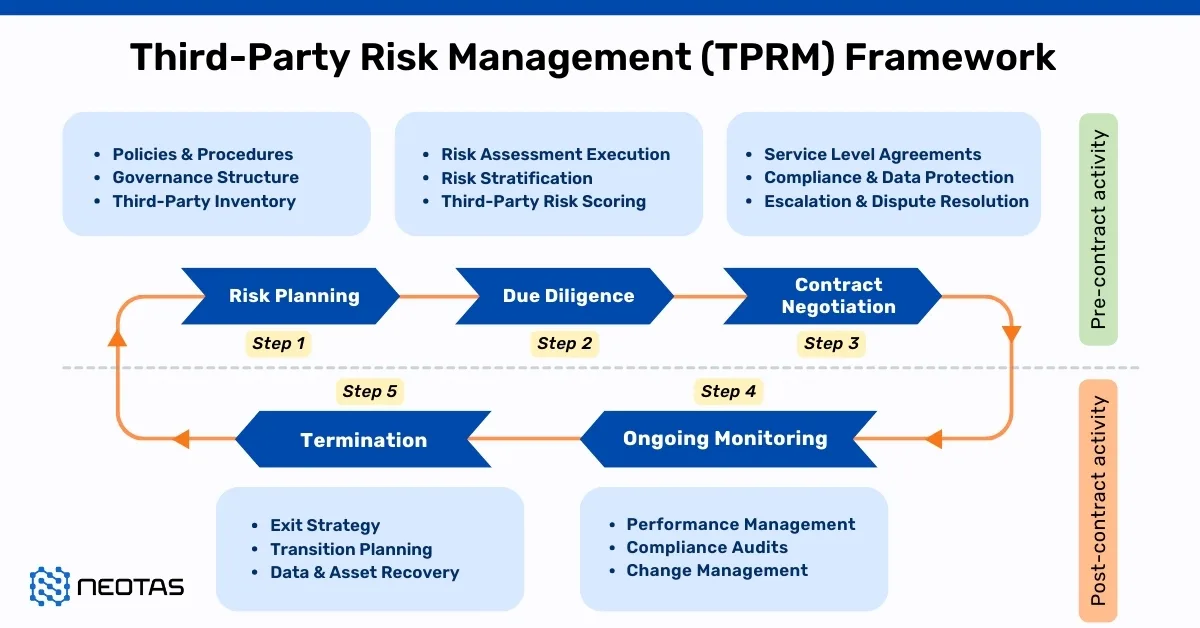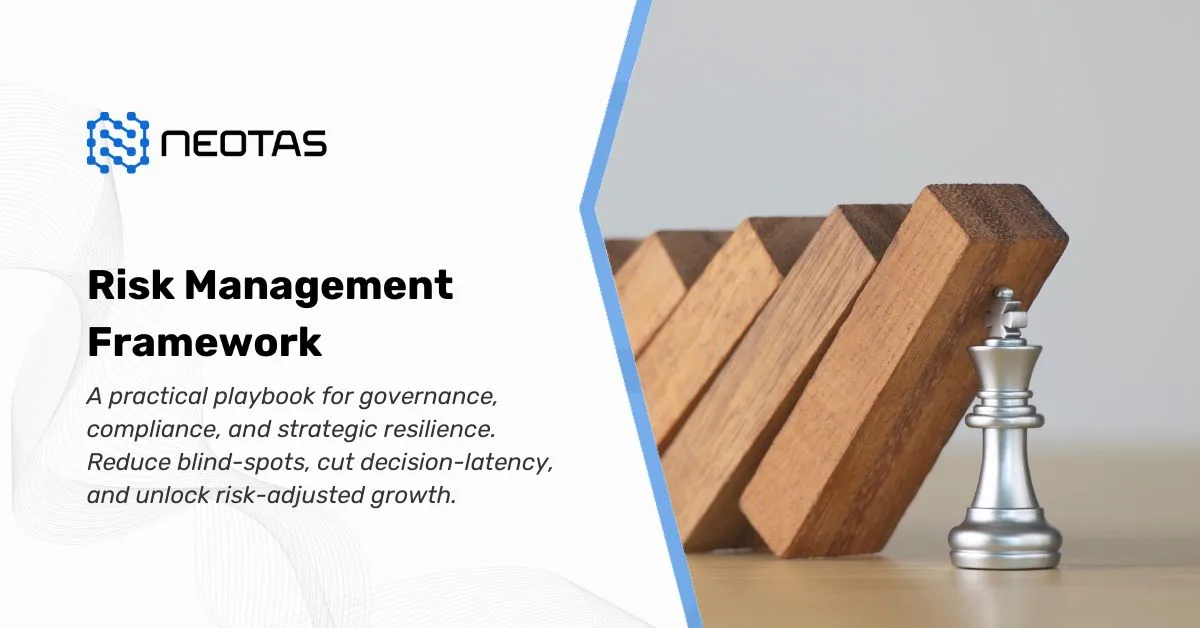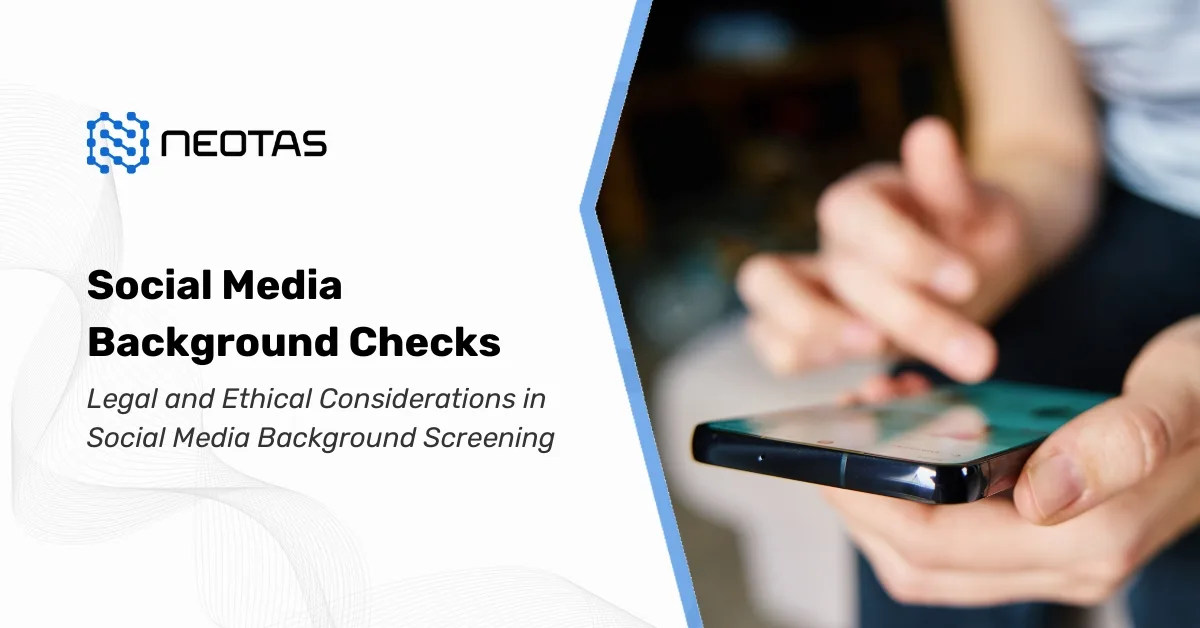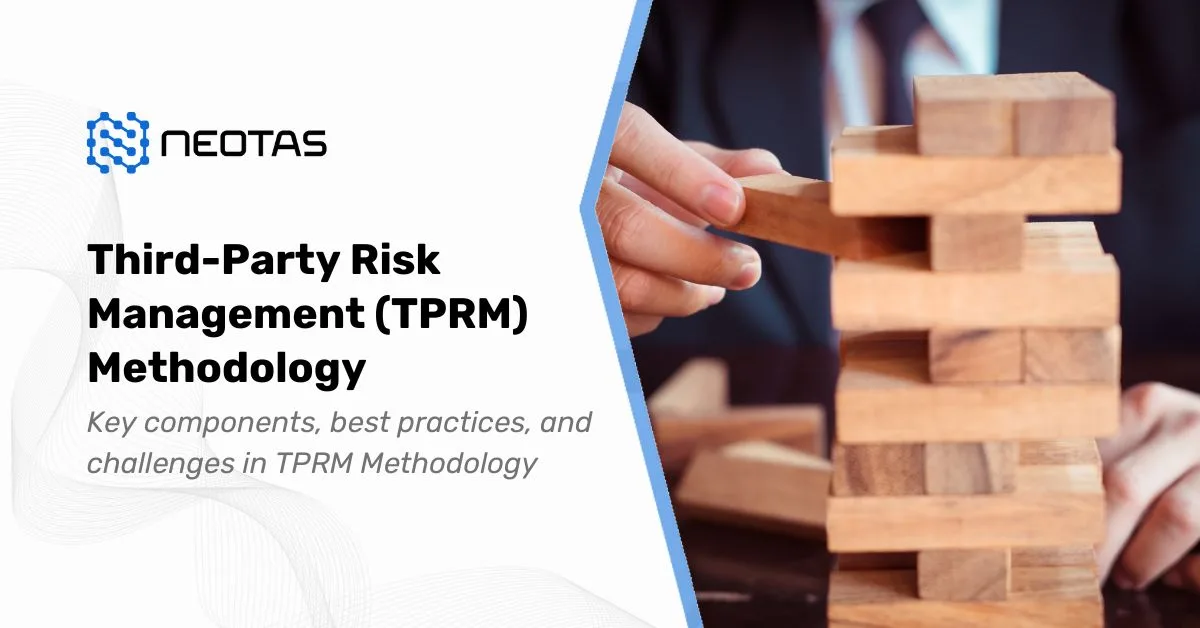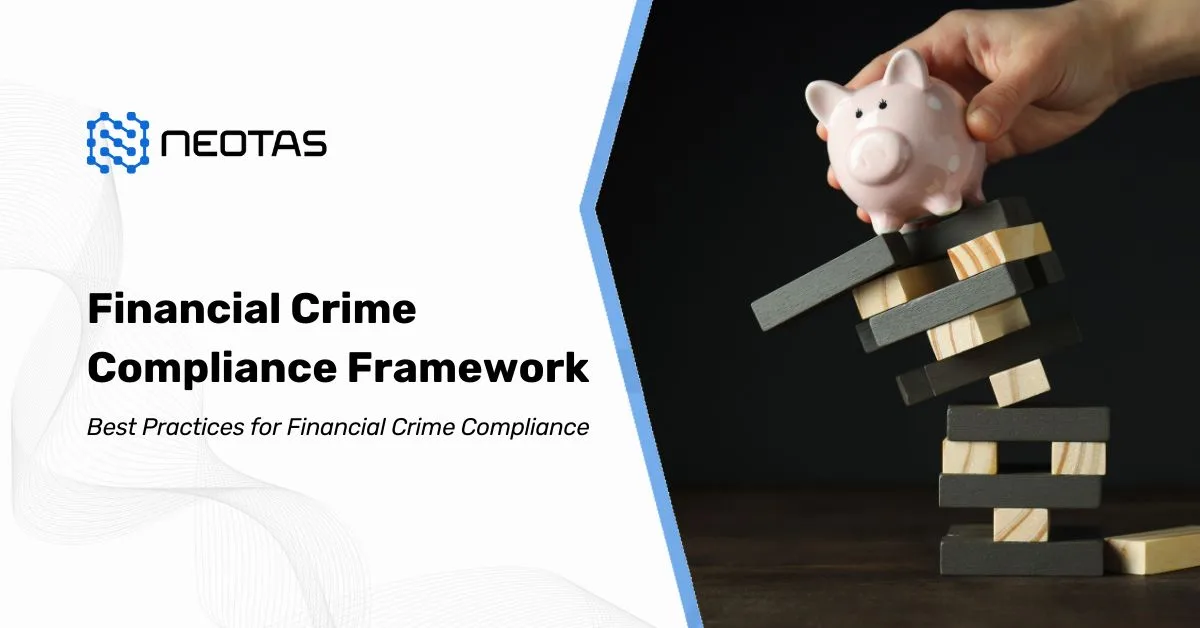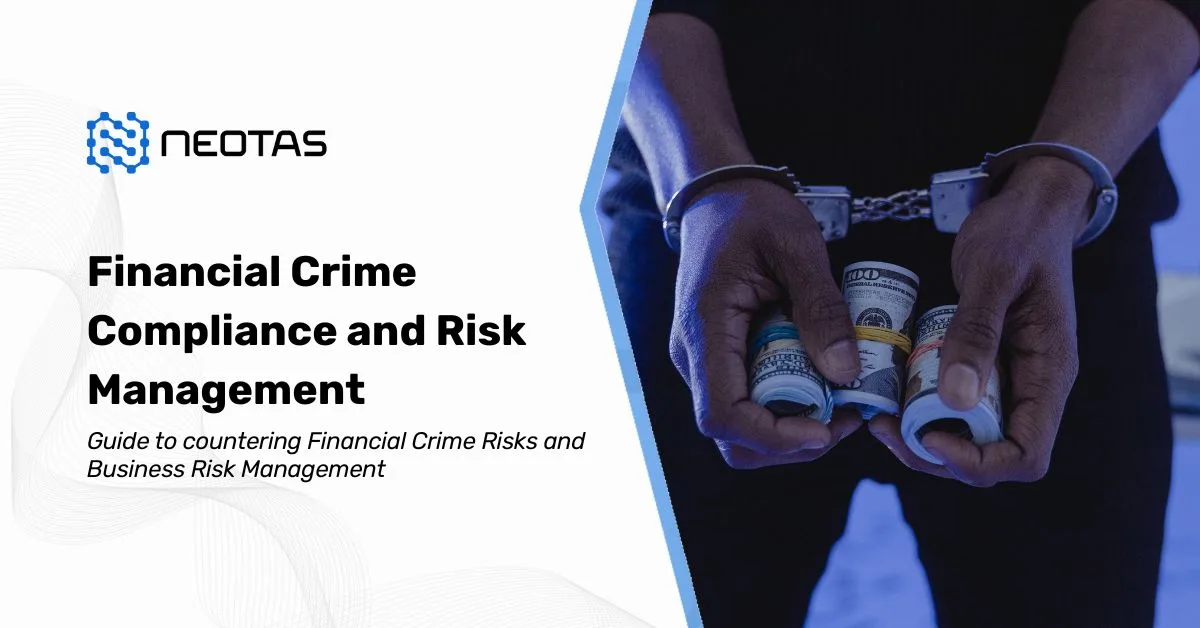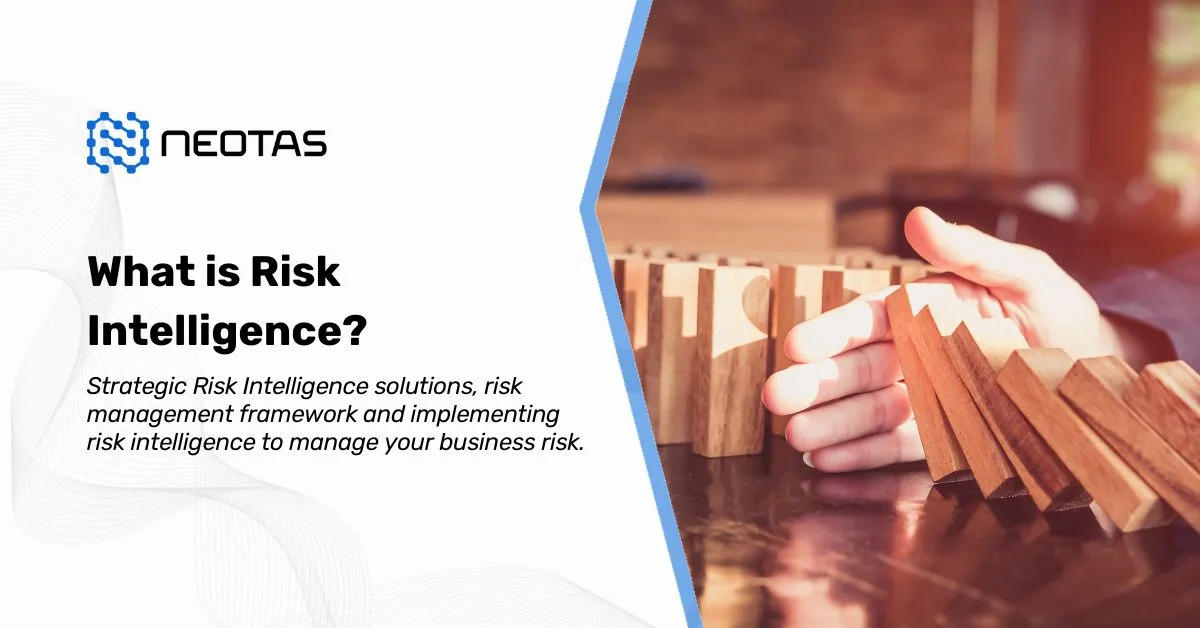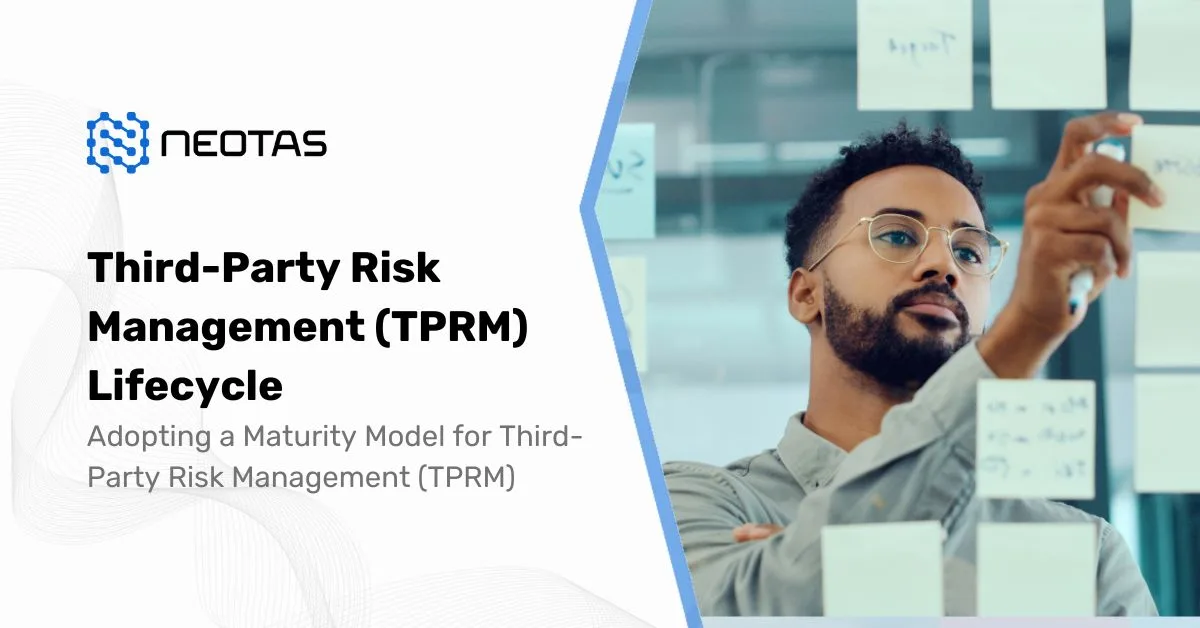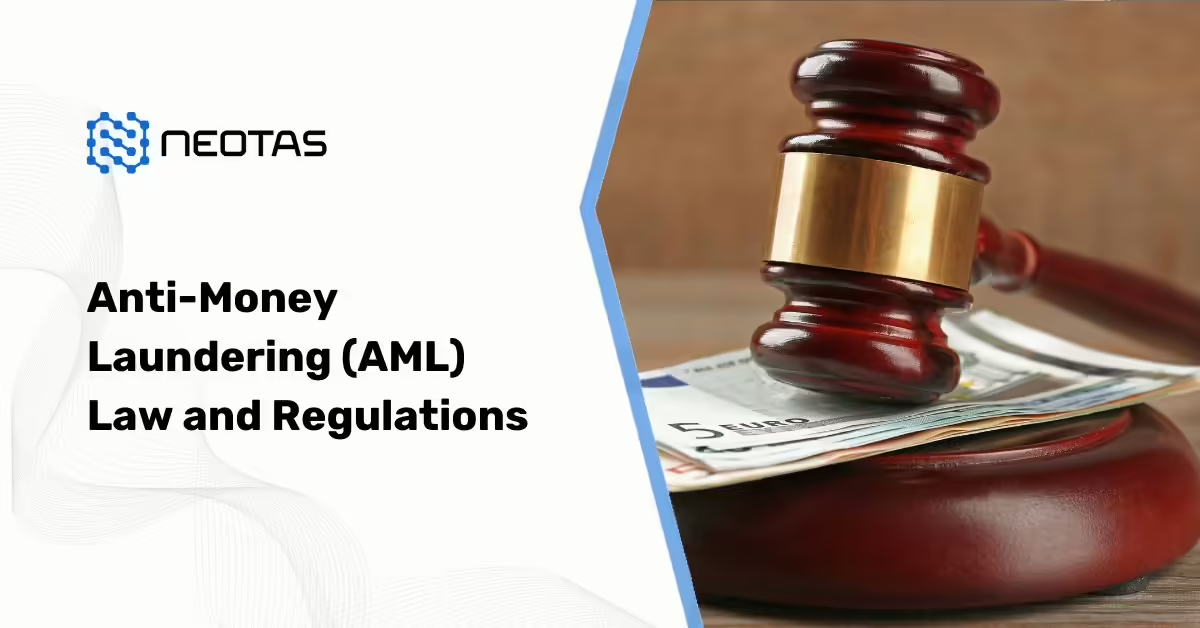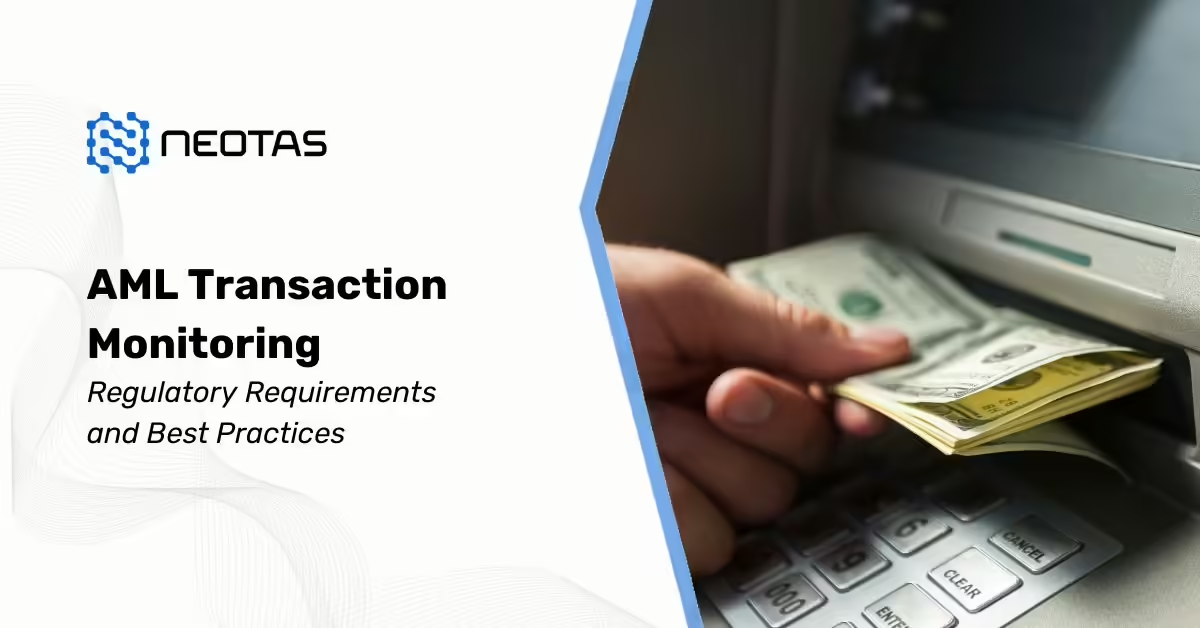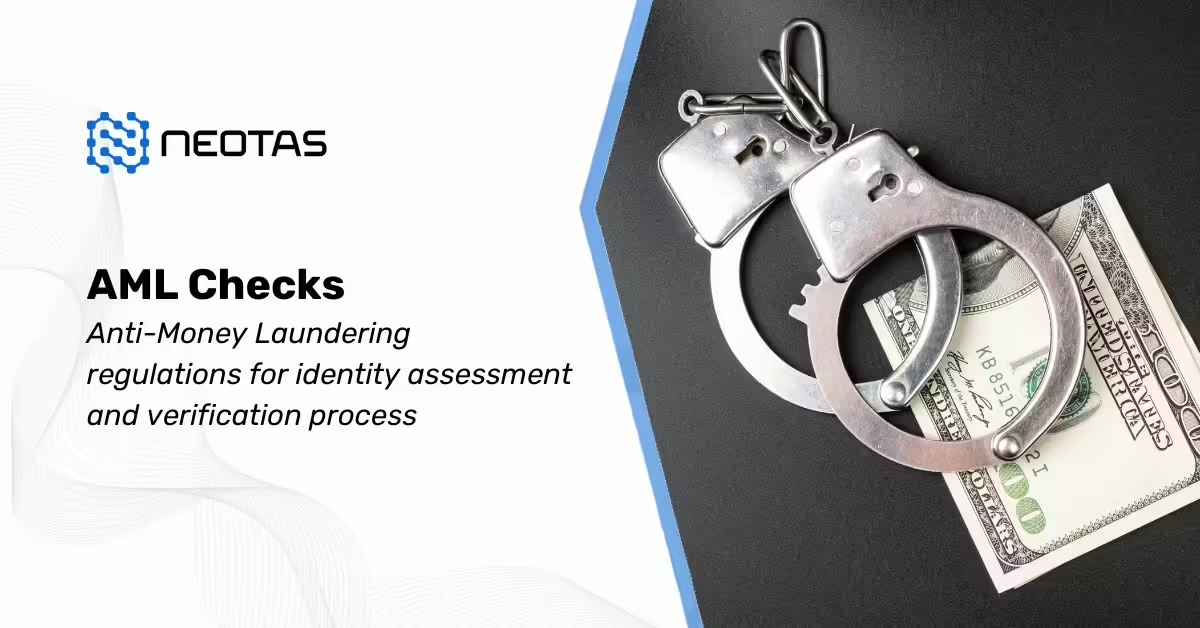The recent Florida High School tragedy has caught public attention in many ways. In my view, one of the most profound elements of the event was the way it was initially reported to the public.
School children filmed the incident on Snapchat thinking it was a hoax or safety drill. They weren’t to know that the situation was more serious than they first thought. The children filmed the entire incident, even tweeting about what was going on whilst the shooting took place.
Whilst this incident isn’t the first time that events have been live-streamed in real time, it’s yet another example of how we now have an instant ability to share information on social media during a tragic incident. News broadcasting teams even deemed some of the videos recorded on the students’ Snapchat ‘too graphic’ to show to the public. But why has this become such a prevalent trend, especially during dangerous situations? And when did the question of fight or flight expand to include post, stream or tweet as options?
Over the course of a series of blogs, I will attempt to shed some light on this issue and how at Neotas, we are finding more and more of these incidents and events in our open source investigations. I am interested to discover whether the ‘bystander effect’ has an impact on the person sharing the information, the impact on the public and how this new source of broadcasting influences public services.
The popularity of social media platforms such as Facebook, Twitter and Snapchat have transformed the way in which crime and victimisation are presented in the media. Such popularity has led social media to become our preferred source of news, with news broadcasting often showing footage of a crime that has been filmed by a victim or even people sharing videos on their personal profiles before the news is even aware of an event. Unfortunately, there are both positive and negative effects of everyone becoming an ‘independent journalist’. In short, is social media creating a diffusion of responsibility by allowing us to react instantaneously and share what we want?



 New Whitepaper and Checklist
New Whitepaper and Checklist